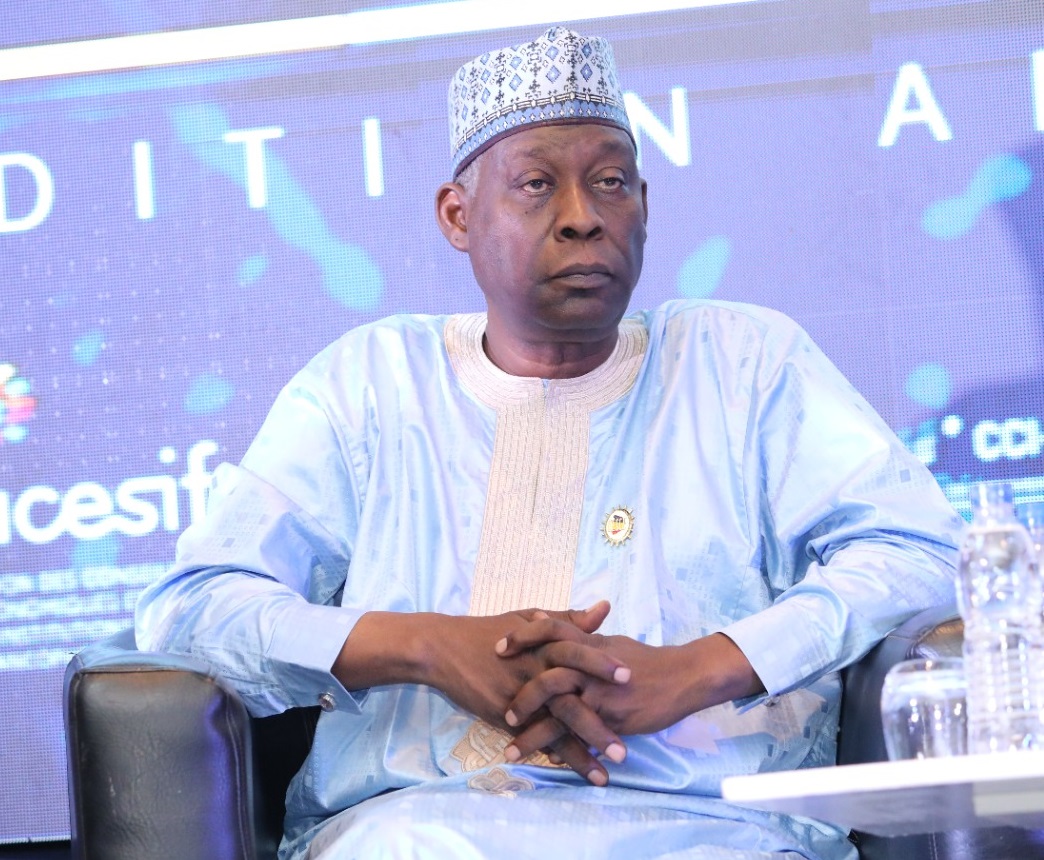Of the 10 countries in the world adversely affected by climate change, six are African. This reality presents the continent with a profound challenge in adapting to changing temperatures, seasons, and weather in ways that protect its harvests and food security.
In a symposium at the seventh African Green Revolution Forum in Abidjan panelists, including the Assistant Director General and Regional Representative of the FAO, the Pan African Ambassador for Food Security for South Africa, and directors and coordinators from many of the world’s leading agricultural research and finance organisations, outlined ways in which smallholder farmers could be positioned to stay in business as Africa’s climate continues to change.
Without such initiatives hard fought gains in agricultural productivity in Africa will cease or even reverse, as climate change raises new threats across water supplies, food shortages, nutrition, public health, conflicts over resources. and economic decline.
Building climate resilience into smallholders’ farming is therefore critical, as the continents’ smallest businesses and land plots continue to provide some two-thirds of its food.
Yet, concluded the panelists, Africa has the resources and means to protect its agricultural output, with one of the most significant means being through well-defined and improved irrigation systems.
Further, building farmers’ adaptive capacity is vital. A critical input in this will be the production and dissemination of climate information, through vigorous and targeted campaigns directed to the youth, as they are the future leaders.
‘We need to get five year olds involved in broadcasting the information about climate changes and the available mitigation strategies in the villages as they are the future leaders. In turn we need to get the youth involved in biotechnology as well as taking part in formulating policies around mitigation and adaption strategies,’ said Dr Brylyne Chitsunge, Pan African Ambassador for Food Security, South Africa.
Climate change presents both an obligation and an opportunity to reconfigure development strategies, concluded the symposium’s two parallel debates.
In this, national governments bear responsibility for developing and implementing programs from grass root levels to top managements that build the resilience of their populations, emphasizing preventive local actions to manage the risks associated with climate change.
In the longer term, a climate fund (or funding mechanism) should be established in conjunction with a new and comprehensive climate agreement to support developing countries’ actions in mitigation and adaptation.
Starting at $10 billion and growing to $50 billion per year, in addition to ODA, it should consist of innovative and predictable sources of funding, including auctioning revenues from carbon markets and global market-based levies, such as from international air travel and maritime emissions reduction.
with agrf




































